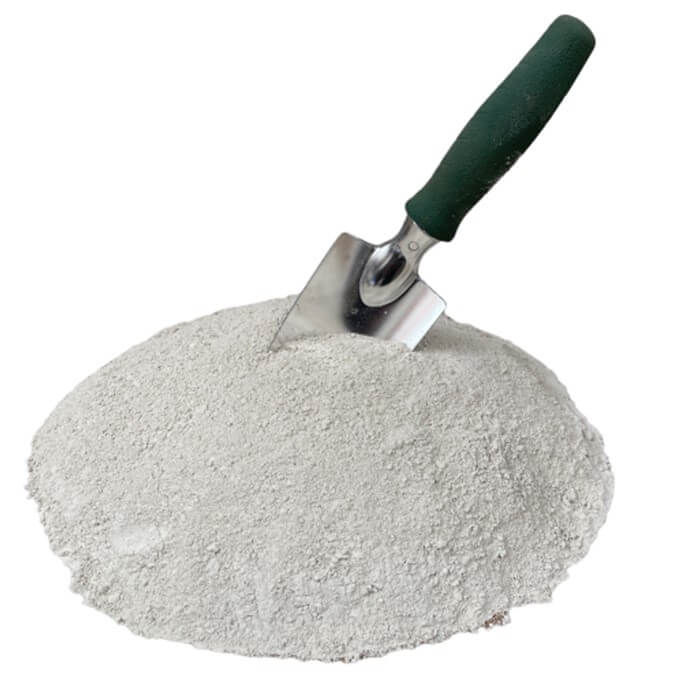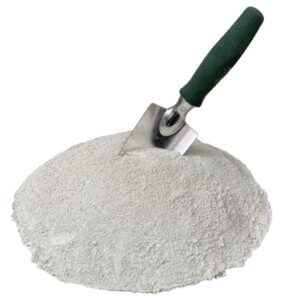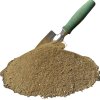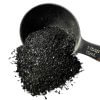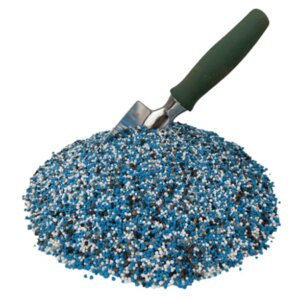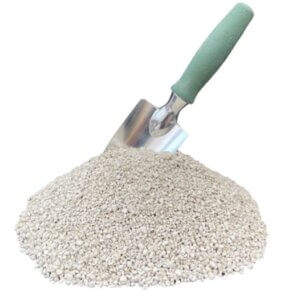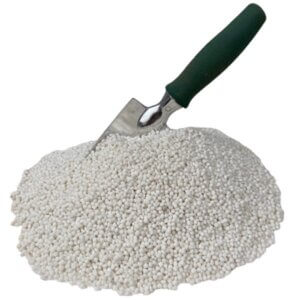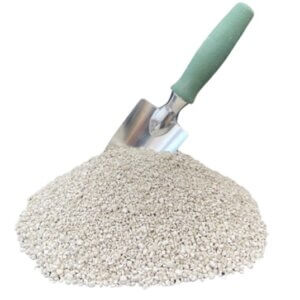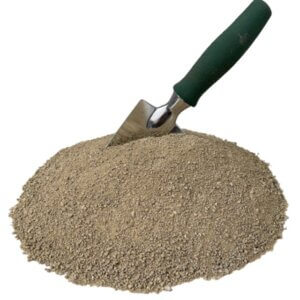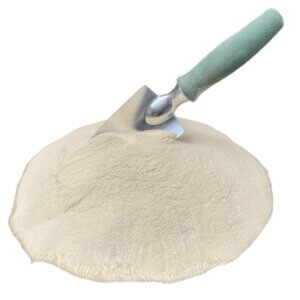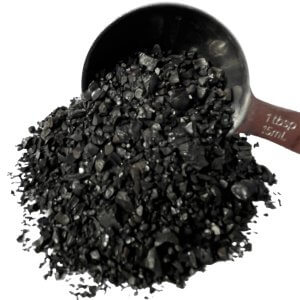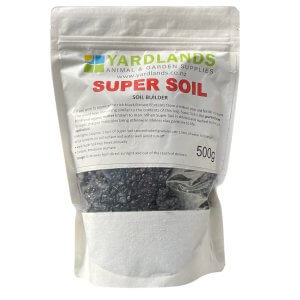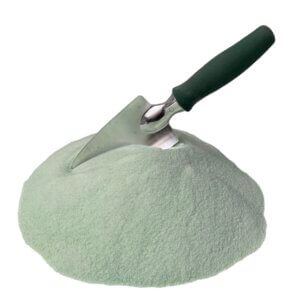LIME FLOUR
From: $4.00 inc GST
Natural Ca-32%
Yardlands Lime Flour is limestone that has been pulverised into fine particles, the finer the particles the greater the surface area and quicker it breaks down in the soil. Limestone is a natural source of calcium carbonate. Calcium plays a critical role in the soil and is considered to be the trucker of most other major plant elements.
Available in 1kg, 3kg and 10kg bags
About Lime Flour
Limestone deposits were originally seabed’s where sea creatures such as snails, clams, corals, sea urchins, fish, and others lived and died millions of years ago. Their remains slowly built up layers of sediment thousands of feet thick These sediments are the limestone formations that are mined today.
Lime Flour is pulverised into fine particles the finer the particles the greater the surface area and quicker it breaks down in the soil.
Limestone is a natural source of calcium carbonate, the primary reasons for adding calcium carbonate to the soil is to raise its pH and provide plants the essential calcium (Ca) element.
Raising the pH in acidic soils improves soil microbial activity structure and the availability and uptake of major plant nutrients like nitrogen, phosphorus, and potassium. Because of its influence on the soil calcium is often referred to as the trucker of all other elements.
Application Rates:
Yardlands Lime Flour is a very fine spreadable flour one medium sized handful is about 70g
Vegetable gardens: Apply 300g/sq. m of garden, mix thoroughly into the soil.
Compost: Apply 100g/sq. m between layers.
Established plants: Use Yardlands Garden Lime
Lawns: Use Yardlands Garden Lime
Note: Rinse product from foliage. Storage: Keep dry and out of the reach of children
NOTICE: NOT TO BE FED TO SHEEP, CATTLE, GOATS, DEER, ALPACAS OR OTHER RUMINANT ANIMALS. BIO-SECURITY (RUMINANT PROTEIN) REGULATIONS 1999.
| Weight | N/A |
|---|---|
| size | 1kg, 3kg, 10kg |
Related products
FERTILISER
GREEN UPPro-Lawn fertiliser
FERTILISER
SULPHATE OF POTASHFERTILISER
SULPHATE OF AMMONIAFERTILISER
SUPERPHOSPHATEFERTILISER
GARDEN LIMEFERTILISER
GYPSUMFERTILISER
SULPHATE OF IRONLawn Moss Control

